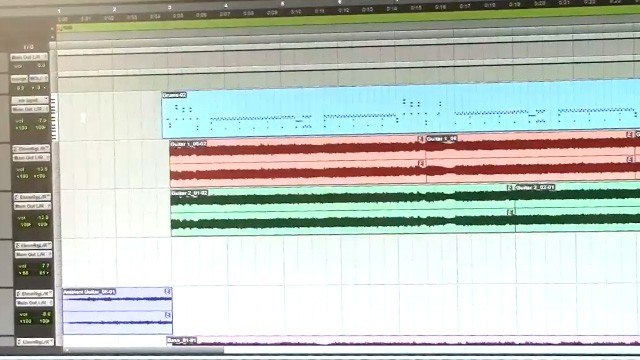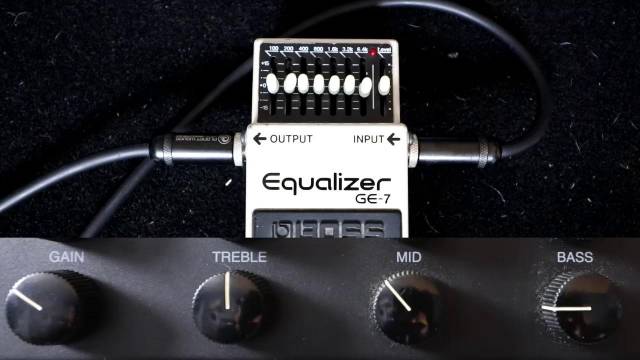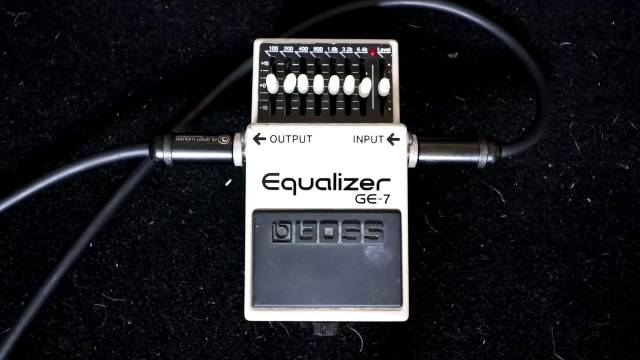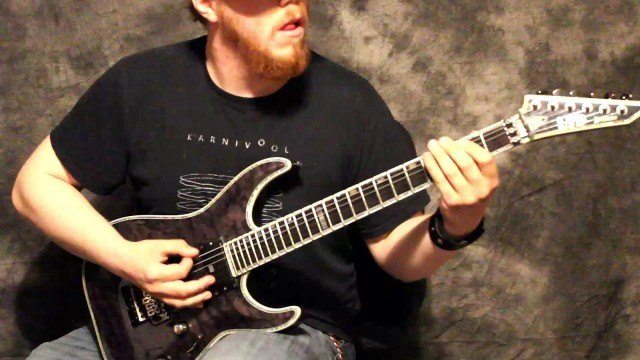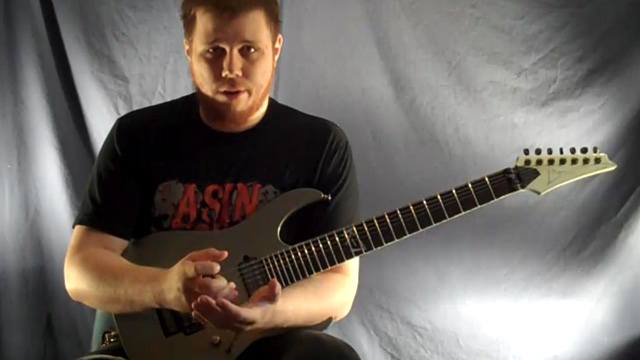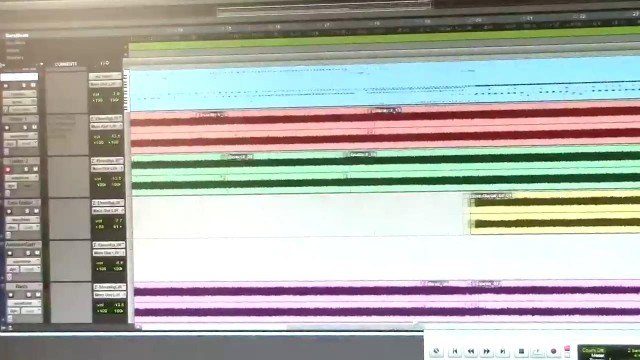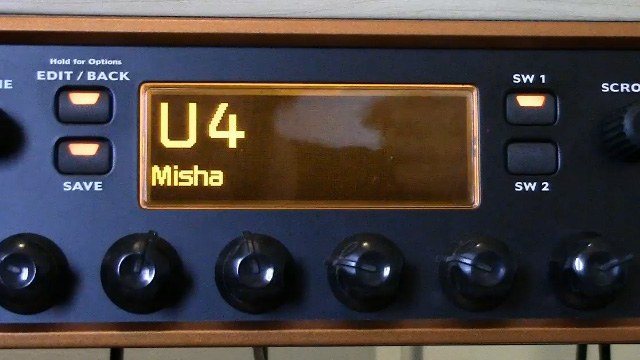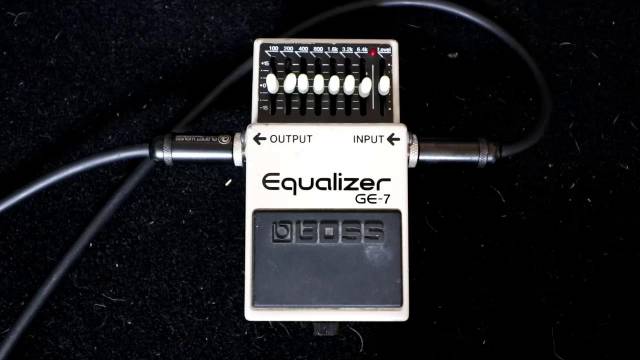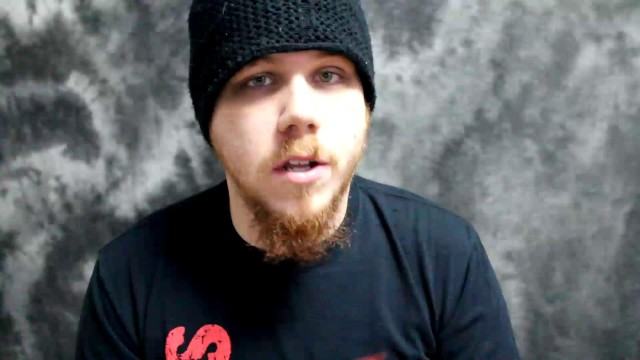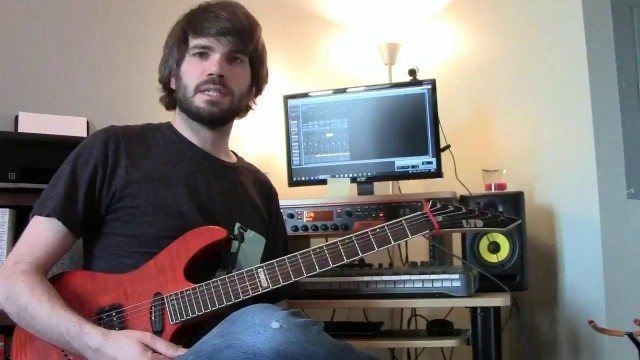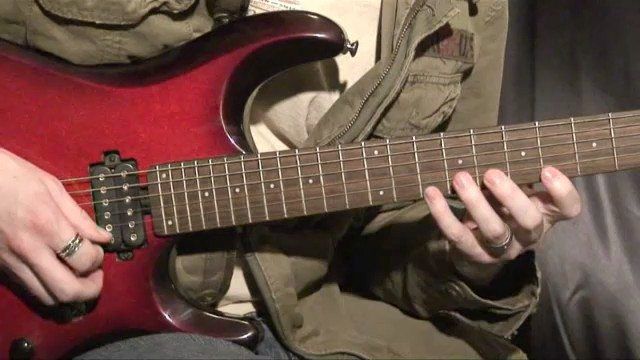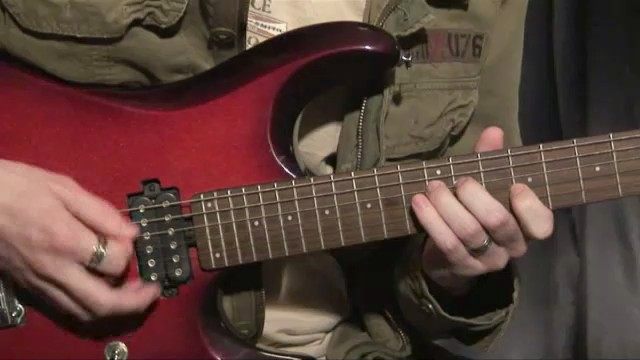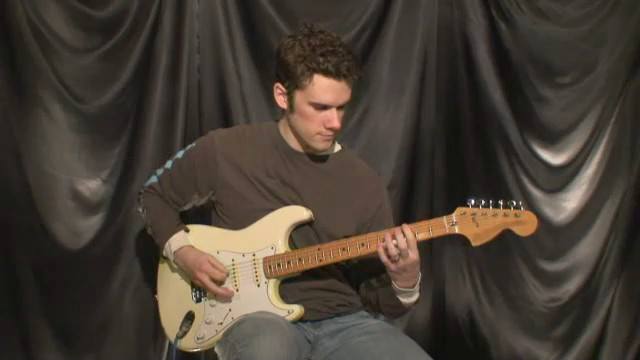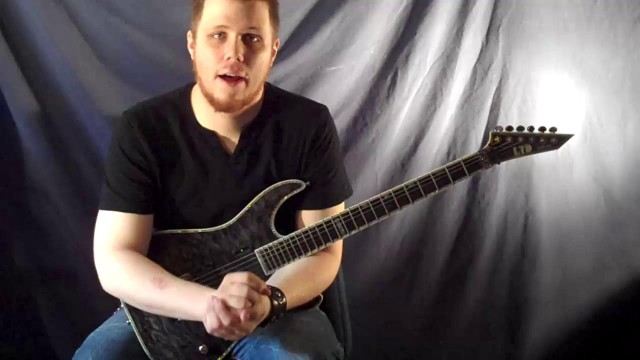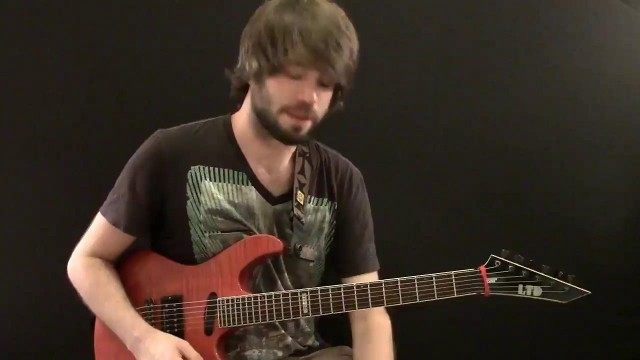Hello once again!
Before I get into any details, I want to point out that this tutorial is a continuation of my last tutorial, Composing Modern Metal.
This time we'll be discussing the concepts and simple techniques I use to get quality recordings using an in home bedroom studio. I call it a "bedroom studio" because all of the gear used can literally fit in the corner of a bedroom and at one point that's exactly where I had it.
The first thing I'd like to discuss is the basic hardware and software you would need to get started. We'll go ahead and assume that we won't use any instrument microphones and that all of our hardware and instruments can comfortably fit in a bedroom.
1. DAW
The first thing we're going to want to purchase is a DAW (Digital Audio Workstation) otherwise known as recording software. Pro Tools, Logic, and Cubase are all good choices. Reaper is a free alternative you can download online.
2. AUDIO INTERFACE
For those of you who aren’t familiar with what an audio interface is, it's basically the sound card that allows you to record into your DAW. The simplest forms are 2 channel interfaces. The MBOX is a common one for Pro Tools, but Presonus, Focusrite, and Lexicon also make good interfaces. My Eleven Rack does double duty as an interface and an amp modeler.
3. STUDIO MONITORS
You might think that any regular computer speakers will do but I really recommend you buy actual studio monitors. The frequency response will be much better and they'll work way better with your interface.
4. STUDIO HEADPHONES
Same goes for studio headphones. It's great to test your recordings on other headphones and speakers but I suggest you have studio quality stuff when in the recording process.
5. AMP MODELER / MULTI FX PROCCESOR
I suggest using an amp modeler only because it allows for silent recording. If you want to experiment with real amps and mics then by all means go purchase a Shure SM57, a boom stand, and get to it. I prefer an amp modeler because I can set my tone for a project and it will always be there ready to go. Not to mention I can also use it for recording bass. Some popular choices would be an Eleven Rack by Avid, a Line 6 POD, or an Axe Fx by Fractal Audio. You could also go the software route and use Guitar Rig or any other similar software.
6. BASS GUITAR
I highly recommend that all you guitarists out there buy a BASS GUITAR if you don't already own one. It doesn't have to be anything fancy. I currently use a Squier Jazz Bass and it works fine.
7. DRUM SAMPLE ENGINE
Using a drum sample engine will allow you to have high quality drums sounds without having to mic up an actual drum set. A must have for a bedroom studio. Superior Drummer, EZ Drummer, or Steven Slate Drums are all good choices.





